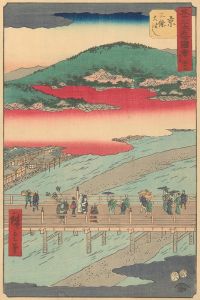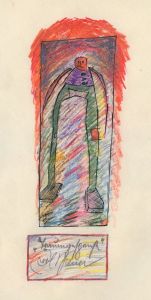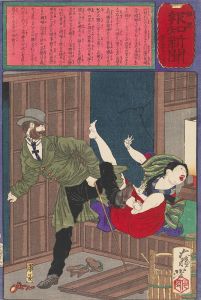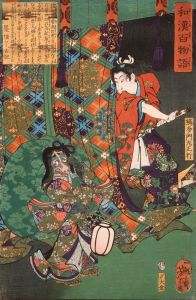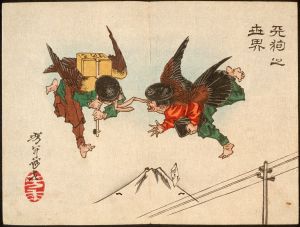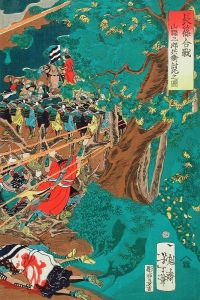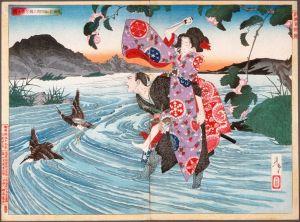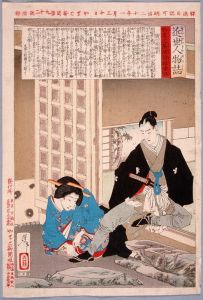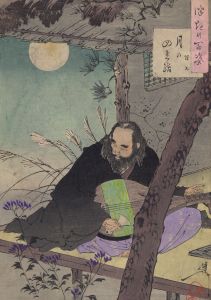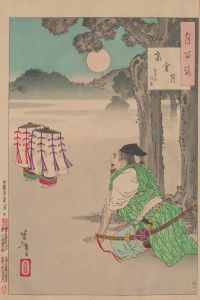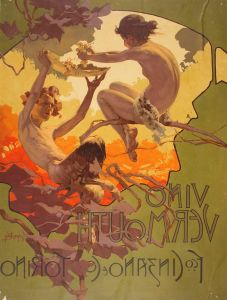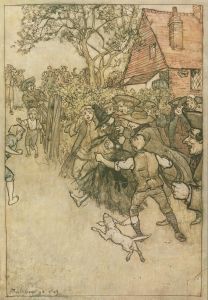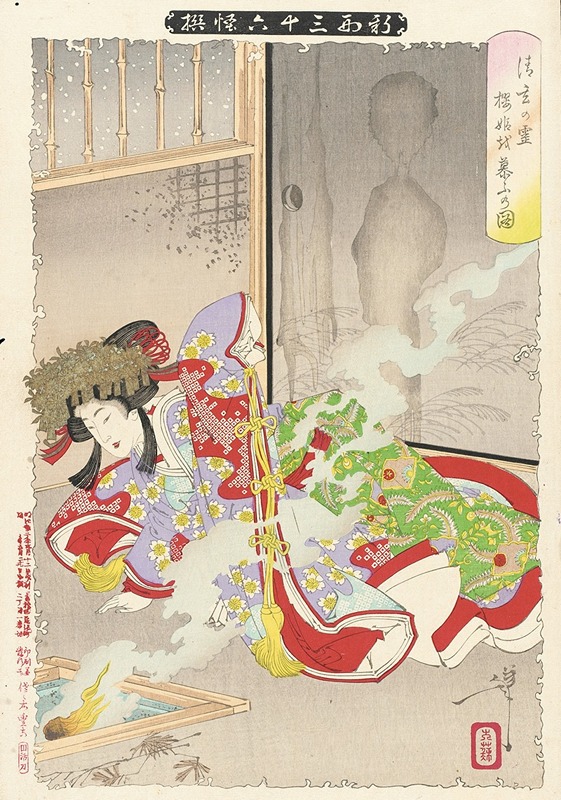
The Ghost of Seigen Haunting Sakurahime
A hand-painted replica of Tsukioka Yoshitoshi’s masterpiece The Ghost of Seigen Haunting Sakurahime, meticulously crafted by professional artists to capture the true essence of the original. Each piece is created with museum-quality canvas and rare mineral pigments, carefully painted by experienced artists with delicate brushstrokes and rich, layered colors to perfectly recreate the texture of the original artwork. Unlike machine-printed reproductions, this hand-painted version brings the painting to life, infused with the artist’s emotions and skill in every stroke. Whether for personal collection or home decoration, it instantly elevates the artistic atmosphere of any space.
"The Ghost of Seigen Haunting Sakurahime" is a woodblock print by the renowned Japanese artist Tsukioka Yoshitoshi, created in 1889. Yoshitoshi is celebrated for his innovative approach to ukiyo-e, a genre of Japanese art that flourished from the 17th through the 19th centuries. His works often depict historical scenes, kabuki actors, beautiful women, and supernatural themes, reflecting both traditional and modern influences.
This particular print is part of Yoshitoshi's series "New Forms of Thirty-Six Ghosts" (Shinkei Sanjūrokkaisen), which showcases various ghostly and supernatural tales from Japanese folklore and literature. The series is notable for its vivid imagery and dramatic compositions, capturing the eerie and mysterious essence of ghost stories.
"The Ghost of Seigen Haunting Sakurahime" illustrates a scene from the kabuki play "Sakura Hime Azuma Bunshō," written by Tsuruya Nanboku IV in 1817. The play is a complex tale of love, betrayal, and revenge, featuring the character Sakurahime, a young noblewoman. In the story, Sakurahime is haunted by the ghost of Seigen, a monk who fell in love with her in a previous life. The haunting is a manifestation of Seigen's unrequited love and the tragic circumstances surrounding their past.
Yoshitoshi's depiction captures the tension and drama of the haunting. The print shows the ghostly figure of Seigen appearing before Sakurahime, who is portrayed with a mixture of fear and resignation. Yoshitoshi's use of color and line work enhances the supernatural atmosphere, with the ghost rendered in pale, ethereal tones that contrast with the more vivid depiction of Sakurahime. The background elements, such as the swirling mist and darkened sky, contribute to the overall sense of otherworldliness.
Yoshitoshi's work is characterized by its emotional depth and technical skill. He was known for his ability to convey complex narratives and emotions through his art, and "The Ghost of Seigen Haunting Sakurahime" is a prime example of this talent. The print not only tells a story but also evokes a mood, drawing the viewer into the haunting tale.
This piece is also significant in the context of Yoshitoshi's career. By the late 19th century, the ukiyo-e tradition was in decline, facing competition from Western art forms and the modernization of Japan. However, Yoshitoshi's work, particularly his ghost series, helped to revitalize interest in traditional Japanese art. His innovative approach and mastery of the medium earned him a lasting legacy as one of the last great masters of ukiyo-e.
Today, "The Ghost of Seigen Haunting Sakurahime" is appreciated not only for its artistic merit but also for its cultural and historical significance. It serves as a window into the rich tapestry of Japanese folklore and the enduring appeal of ghost stories. Yoshitoshi's ability to blend traditional themes with his unique artistic vision continues to captivate audiences, making his work a valuable part of Japan's artistic heritage.





